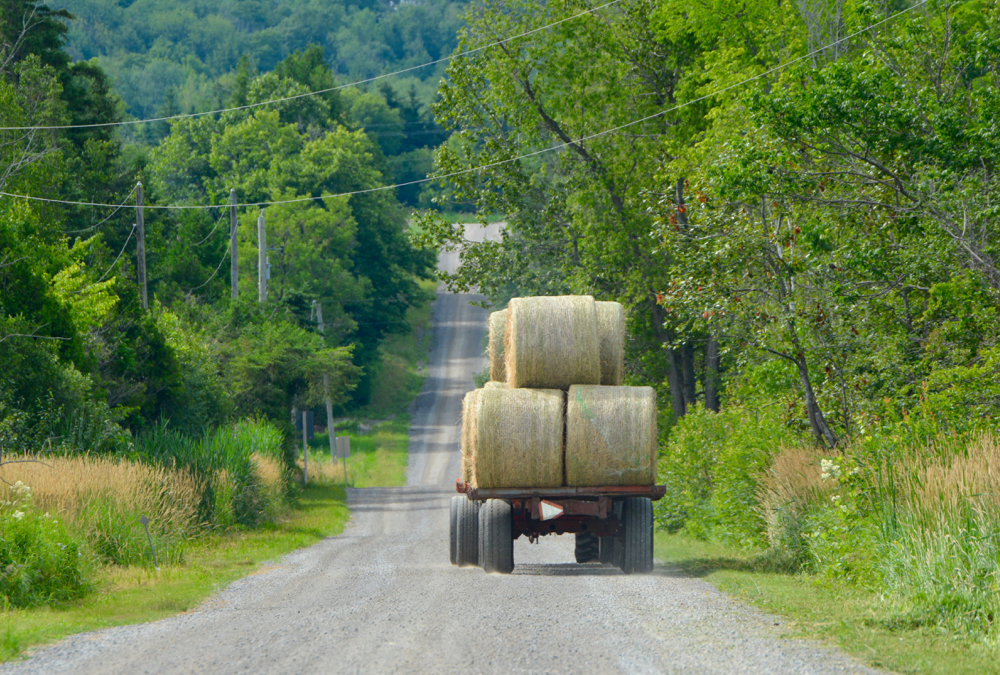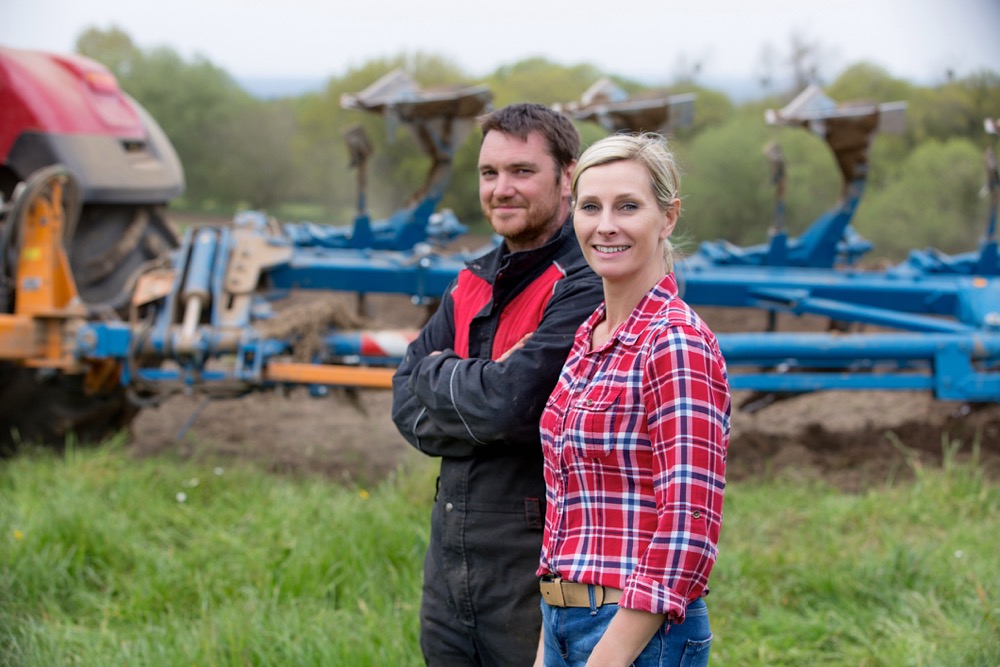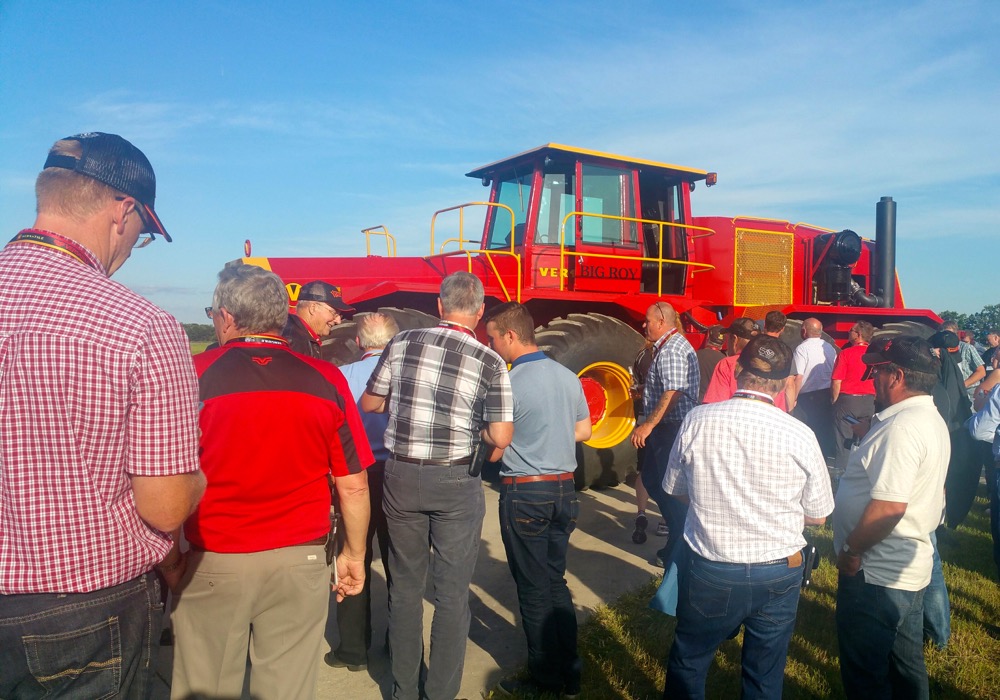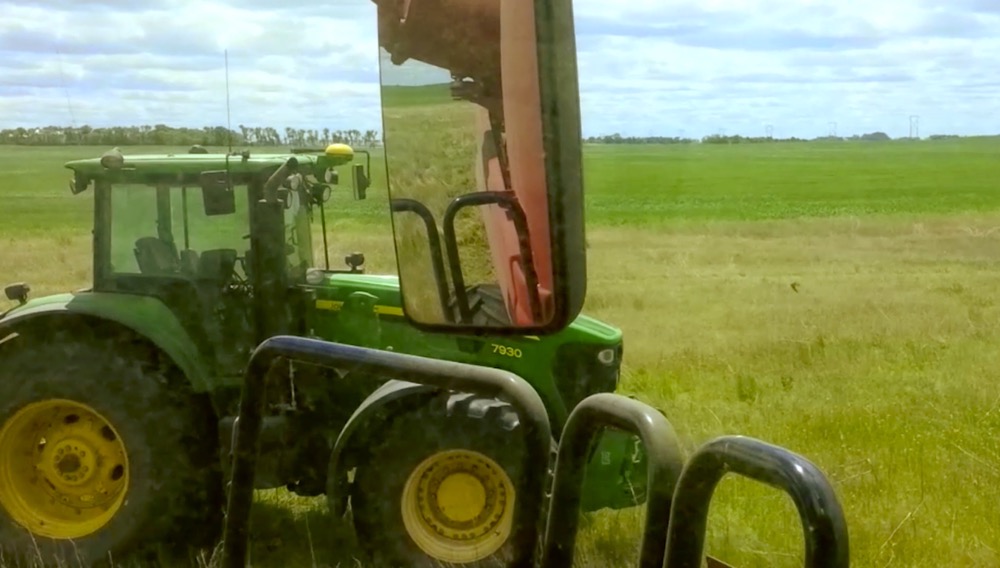Regardless of what we’re driving, our safety and that of others on public roads is a shared responsibility. Safety considerations are essential since our actions — or inactions — have consequences.
For farm equipment operators, ensuring you can see and be seen is a primary safety consideration. The Manitoba government says recent studies have shown that low visibility is responsible for a significant number of collisions between farm equipment and motor vehicles during daytime hours.
This finding is not unique to one province or territory in Canada.
Read Also

Producers aren’t panicking over tariffs and trade threats
The Manitoba Canola Growers Association (MCGA) surveyed its members this spring to get a sense of how trade uncertainty was…
Every light on farm equipment serves a purpose. It is the operator’s responsibility to ensure all lights are in proper working order before hitting the road, and also to ensure the correct lights are used as required while travelling on public roadways.
You may know the size of your farm equipment, but without proper lighting, it is hard for other drivers to comprehend its width, length and position. Using correct lighting on farm equipment will help other motorists know what they are approaching.
Headlights
Tractors and other self-propelled equipment must have at least two working headlights. All jurisdictions have a maximum number of standard headlights that can be turned on when operating equipment on public roadways.
These lights should be mounted at the same height and located between one and three metres from the ground.
While some equipment comes with plenty of field lights, using too many can be a safety hazard for other motorists by causing confusion and making it difficult to understand the size of the equipment they are approaching. Do not use flood lights or general service lamps in place of proper headlights.
Taillights
All newer tractors and self-propelled equipment comes equipped with two red taillights mounted symmetrically and as far apart as possible. Towed implements may be required to have two red taillights.
Older equipment often did not come with affixed lighting, so install or use detachable lights that meet requirements.
Taillights show braking, so keep them clean for optimal visibility and conduct routine checks to ensure they work correctly.
Warning lights
Farm equipment is typically wider than most other vehicles on the road, so it is crucial to alert motorists to width. For tractors and self-propelled equipment, many jurisdictions require two amber lights that are visible from the machinery’s front and rear. These warning lights must be displayed at the widest part of the vehicle and must flash in unison.
Specific requirements for warning lights may vary by province based on equipment size, so check with the provincial transportation authority about regulations in your area.
Turn signals
As with any vehicle on public roadways, farm equipment operators must signal when turning.
In newer equipment, activated turn signals will have an amber flashing warning light opposite the turn direction, which becomes steady in order to eliminate confusion.
Signal indicators are not required on implements towed behind farm equipment, unless the lights on the equipment are blocked from behind. If a towed implement doesn’t allow other drivers to see turn signals, arrange for an escort vehicle.
Flood lights and general service lamps
Floodlights and general service lamps cannot be used in place of headlights or other compliant lighting systems when travelling on public roads. These bright lights can easily blind and disorient other motorists, which could lead to a collision.
Floodlights and general service lamps are designed to illuminate field work or the machine. When travelling on public roads, these lights must be turned off and if that’s not possible, they must be aimed downward and away from traffic.
Safety check
Safety on the road begins before you start driving by ensuring all machinery components are in working order. The best practice when moving farm equipment is compliance, planning the route (including best time to travel) and arranging for pilot vehicles or persons to assist with highway traffic control.
We all share the same public roads and the same goal: to get home safely at the end of the day. Make sure you can see and be seen when using farm equipment on public roads to ensure that goal is a reality.
For more road safety information, please visit casa-acsa.ca/road-safety-week.















